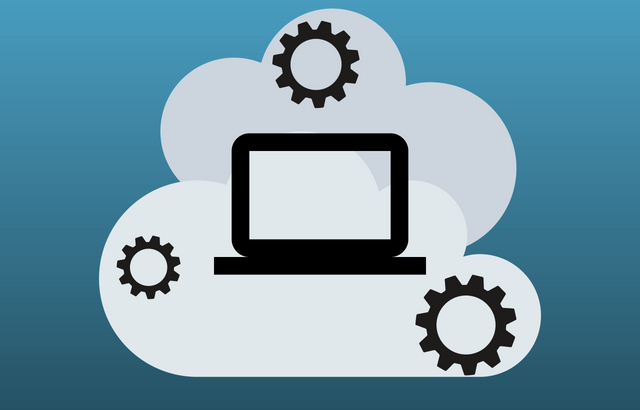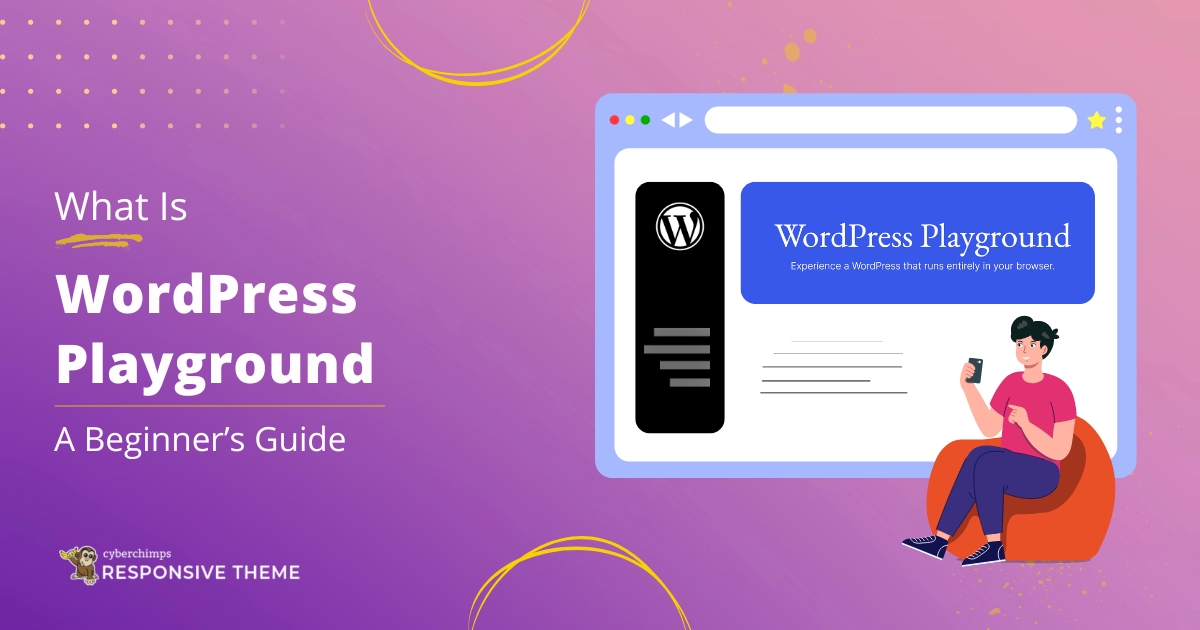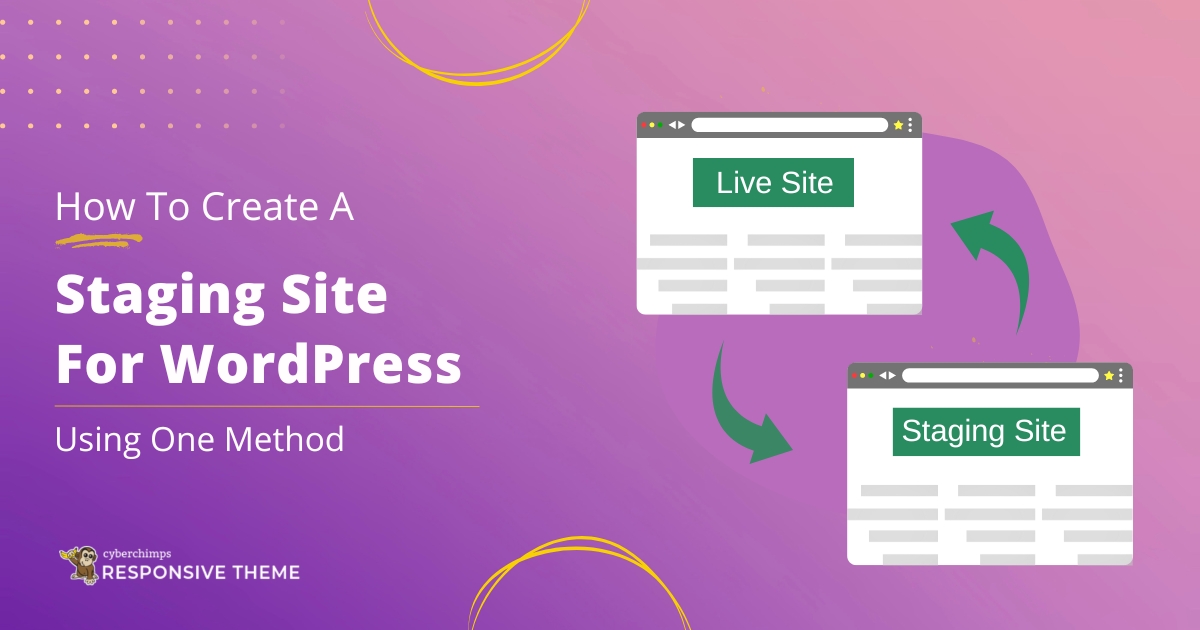When we think of WordPress, much of the focus is on the incredibly diverse features and functions provided by themes and plugins. However, another core concern is infrastructure – the servers that will store and run your WP installation. Increasingly, organizations are turning to infrastructure as a service (IaaS) and cloud services to meet this need. Just ask the research firm International Data Corporation (IDC), which projected in January that public cloud infrastructure and services would hit $160 billion this year, up 23.2% over 2017. Other figures from IDC show that off-premises IT infrastructure will hit $55.7 billion by 2022, with public cloud hosting service representing 84% of that spending.
One of the main reasons organizations move to cloud hosting service is because of its affordability: it is typically much less expensive since you do not have the capital expenses of setting up equipment in your own data center and do not need to spend money on maintenance. While the cloud incurs a much lower upfront expense than purchasing new servers, you still want as strong a return on investment (ROI) as possible. You need to know all the components of the cloud solution so that you can measure and track your ROI properly – but first, it helps to know the challenges inherent in performing this assessment.
Challenges in calculating cloud ROI
It is not particularly simple to figure out the return on investment for cloud solutions. You adopt cloud to change the way you do business, but the evolution of your approach can make it difficult to know what extra costs there might be and how to calculate savings accurately.
Technology attorney Alistair Maughan of Morrison & Foerster LLP advised that when you measure cloud ROI, it is difficult to account for costs that are not immediately apparent. While it is simple to look at a direct comparison between the cost of a cloud solution and the cost of your data center expenditure for the same workloads, you may not initially think to include costs for transition, migration, training, privacy compliance hires, backups, and possible downtime. It is also not easy to measure some of the benefits, such as additional agility and user satisfaction. “Businesses need to think laterally and consider the hidden costs and benefits, not just the obvious ones,” said Maughan.
Another advantage of cloud that is not built into a typical ROI model is security. As noted by David Linthicum, cloud security is typically preferable to that of a traditional data center. Part of the reason that is the case is that cloud data centers have expert security professionals on staff, recognizing that they are great targets for cybercrime due to their massive treasure troves of data. Aligned with that personnel advantage, major breaches typically occur at traditional rather than cloud data centers. Linthicum also pointed out that on-premises data centers typically utilize a blend of technologies that have a range of different ages. Older machines are difficult to secure because they were built at a time when the threat landscape was not as complex as today. Plus, the diversity of technologies within an onsite data center create an issue because gaps can be exploited by resourceful hackers. “[D]efenses need to be proactive – more proactive than most enterprise IT organizations are, and likely more proactive than they can each individually afford to be,” noted Linthicum.
Other benefits of using the cloud, per solutions architect Bill Kleyman, include data center consolidation; mobility enablement; security offloading; management simplification; storage and backup; disaster recovery; and testing and development. All these elements should be considered when calculating ROI.
Finally, in order to calculate your return, it is necessary to consider the specific solution: all clouds are not created equal. Amazon Web Services (AWS) does not provide a fixed cost option, while Atlantic.net and similar infrastructure-as-a-service providers offer plans with all-inclusive pricing. Unpredictability with cost (such as overage fees for bandwidth and other resources) can thwart your budget efforts. The potential need for training and certifications can also be surprising. With AWS, there is a learning curve due to the level of complexity, and certifications are necessary; with competitors, simpler control panels are provided, with no certification required.
Cloud ROI – 3 primary components
While the above discussion reveals how unwieldy the measurement process can be, there are three central ways that you can build strong ROI through the cloud: saving money, improving productivity, and transforming revenue.
Cost savings
First, you need to place all your applications into categories and determine current cost prior to cloud adoption. From there, you can determine how much you will save through cloud. An early example of migrating an enterprise resource planning (ERP) system from an internal data center to the cloud was mentioned by Shreekanth Joshi:
- Racks reduced from 11 to 1
- Servers reduced from 82 to 11
- CAPEX savings of 50%
- OPEX savings of 80%
Additional cost savings include the expenses for hosting, software, and labor.
Productivity improvements
It is easier to look at your direct cost savings to determine ROI than it is to assess indirect advantages such as improvements to productivity. However, the latter deserves attention since it is a valuable benefit your organization will experience. Maintenance is an especially key issue related to productivity.
When you are working in a legacy environment, you have to be able to scale numerous applications as you go, which requires ongoing costs as you recode the base. Maintenance costs within a legacy scenario will rise as time goes by. If you move to a cloud infrastructure, you can minimize the expenses of maintenance and labor due to the normalization that occurs following your transition.
Transformation of revenue
You can also build revenue in a couple different ways through cloud adoption. For one thing, you are able to reinvest what you earn from better productivity and cost savings into activities that create additional revenue. Plus, you can build more revenue for a lower expense through cloud-hosted environments.
Breaking even with cloud
Cloud involves some upfront expenses, but there is a break-even point, after which it increasingly becomes a better avenue, according to a March analysis by Linthicum. As discussed (in part) above, the initial costs of the cloud include training your current staff; hiring cloud-savvy professionals; setting up new security systems as needed; and integrating cloud solutions with on-site apps and data, as well as with management and monitoring tools. “Just being in the cloud costs about the same… for 500 workloads as it does for 2,000 workloads, for most enterprises,” said Linthicum. There is a set upfront cost of migrating to the cloud, but that amount only increases by small degrees as additional workloads are added. Linthicum added that the breakeven point for an organization with 2000 workloads is usually between 400 and 800 workloads.
Boosting ROI by building your cloud presence
Cloud is widely adopted, and the technology is becoming even more prevalent during this era of increasing regulatory compliance concerns and cybersecurity challenges. It provides a much faster return on investment because it delivers the focus of fewer components, with added security and management layers. In sum, it creates a faster, safer, more secure, and more consistently compliant solution. Whether it is a simple PCI-compliant environment to power e-commerce or a healthcare hosting solution, the cloud has become the default choice for savvy businesses.




